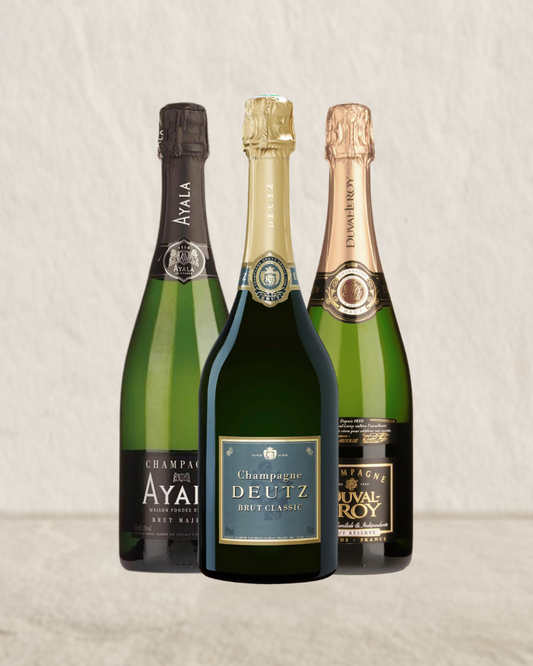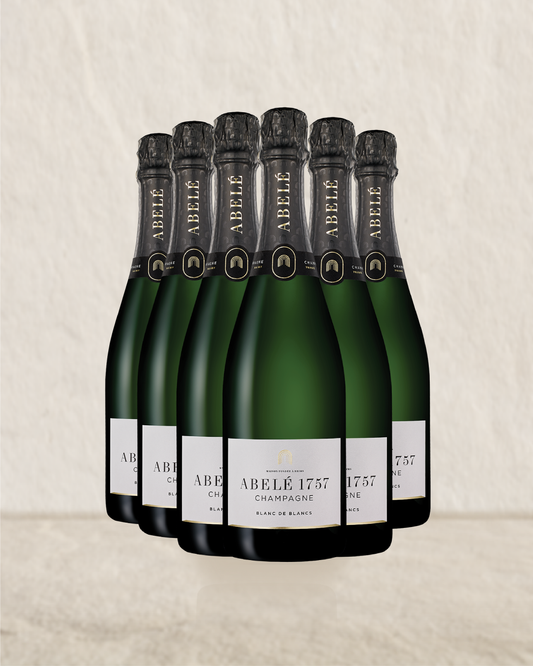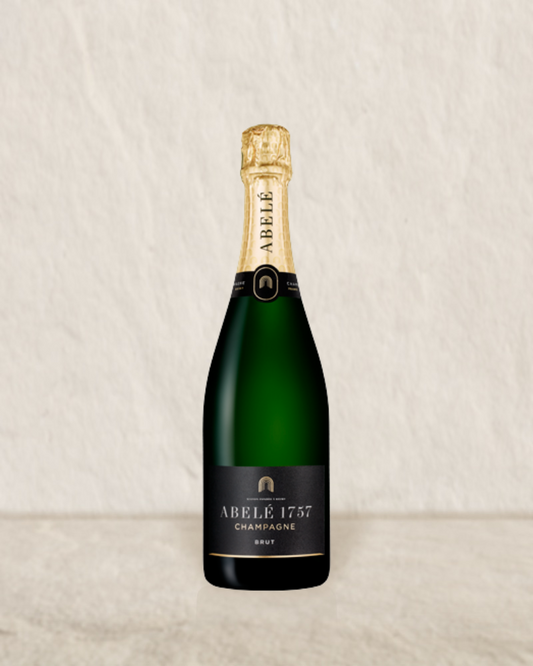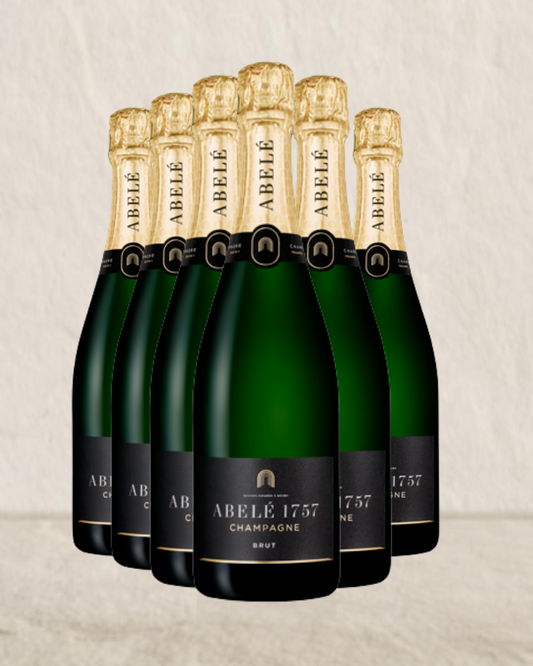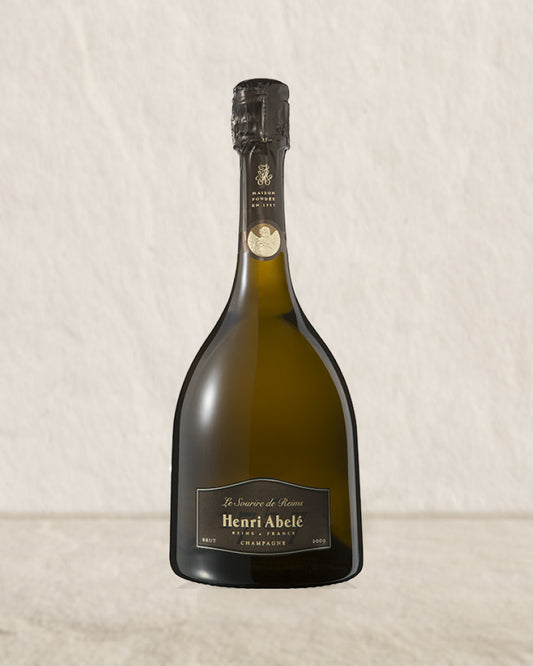The area of Champagne is situated eighty five miles north-east of Paris. At between 49 and 50 degrees latitude it is at the northern most point where viticulture is possible. It is highly marginal with only just sufficient warmth to ripen the grapes. The grape vine requires an annual mean temperature of ten degrees Celsius to survive and the average in Champagne is barely 10.5 degrees. It is this precipice of possibility which gives rise to vintages which can vary markedly. Mother Nature may smile upon the region or throw up numerous dangers from frost, hail, drought and deluge. The key varieties of Chardonnay, Pinot Noir and Meunier have been successfully grown elsewhere, however it is only in this unique terroir that the finest expression of celebration, excellence and complexity that is Champagne can truly express all that is possible.
The surface area of Champagne is over 34,000 hectares, with 318 producing villages; it is almost planted to capacity.
- In 1950 there was just 11,000 ha planted, by 1980 - 24,000 ha
- 260,000 separate vineyard plots with an average size of 1.5ha
- The region is very much divided by the growers, and the houses seeking to purchase the grapes.
- There are 15,000 growers who own 90% of all vineyards, yet their sales are just 20% of the total
- The growers co-operatives account for 10% of sales
- The Houses account for two thirds of production and 90% of exports - of which most grapes need to be bought in
- The shortage of grapes and pricing levels are becoming a major concern for producers
- Shipment and production levels are reaching equal figures of around 300 Million bottles.
- Wines kept in reserve (blocage) can only compensate for one poor vintage, 2 poor vintages in a row could create a crisis situation.
- As demand continued to outstrip supply, in 2008 the INAO announced the first step in revising the Champagne Appellation.
- The INAO named 40 villages within the Champagne region that would be added to the appellation and two that would be withdrawn from the appellation. Under this proposal, the new total of villages included in the Champagne appelation would be 357.

